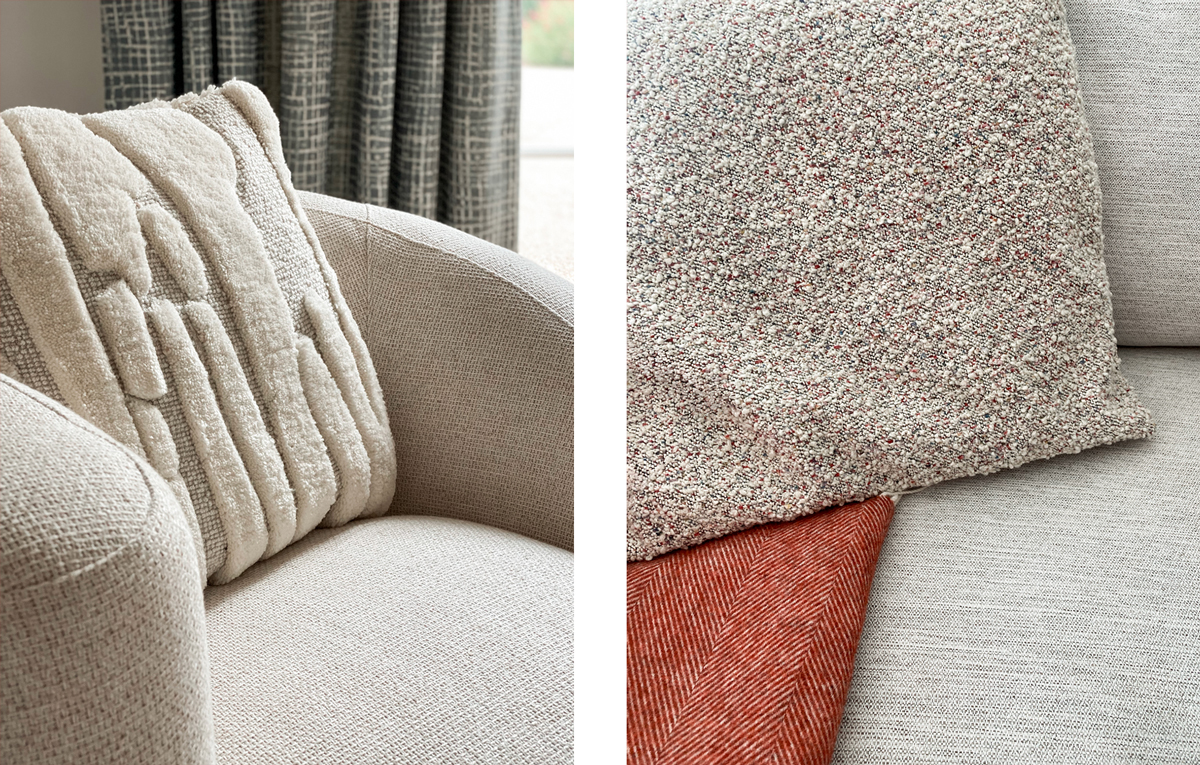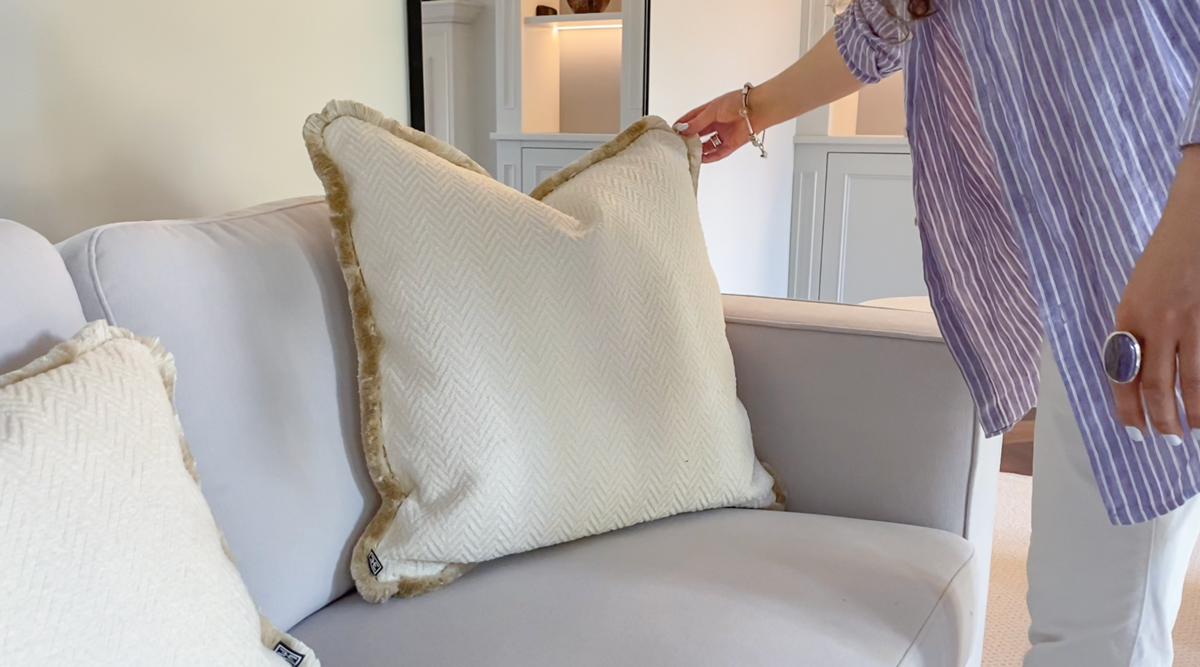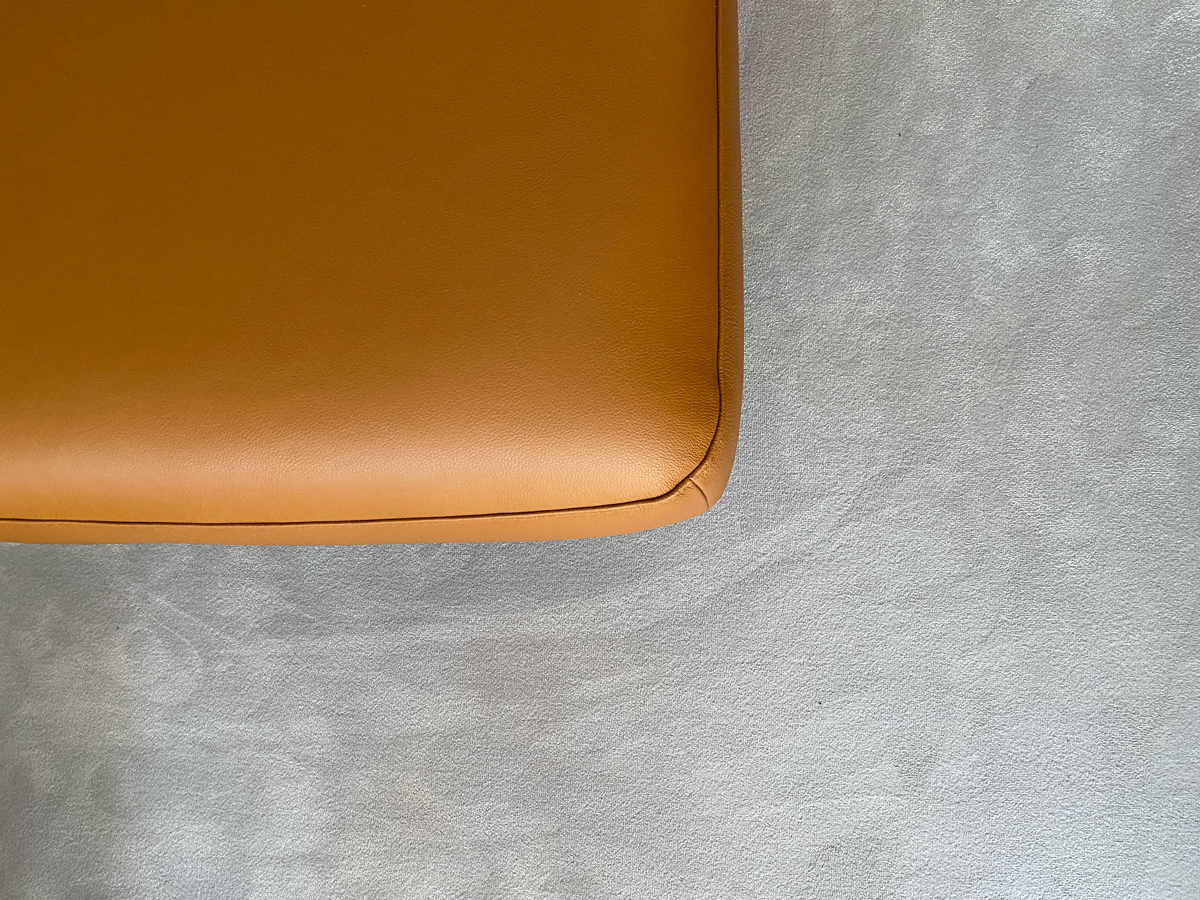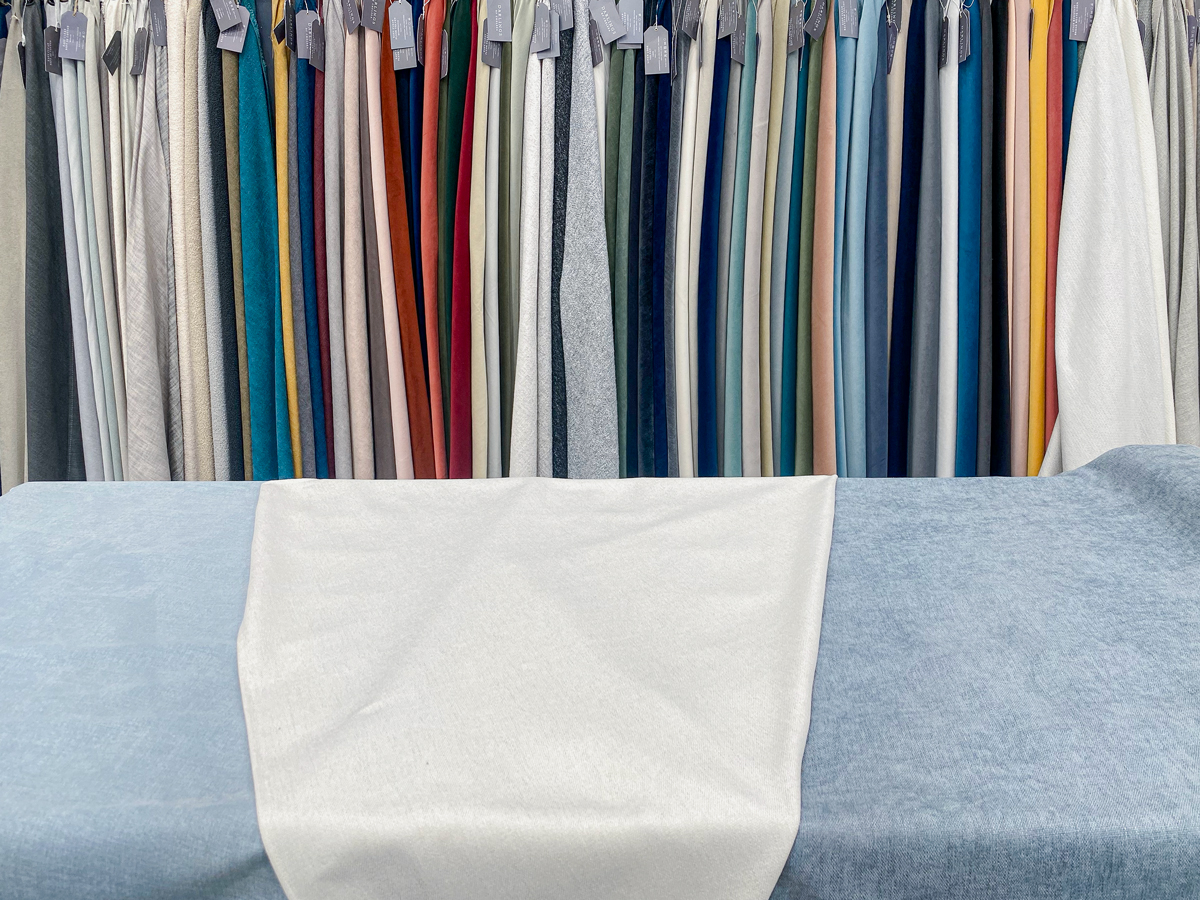
The Unseen Impact: Fabrics That Define Space, Safety, and Style
Whether you're furnishing a bustling commercial office, a serene healthcare facility, or creating a welcoming atmosphere in a private home, understanding the nuanced impact of different materials is crucial for crafting truly effective and memorable environments.
4 minute read
29th July, 2025 | Remarcable
When designing an interior, our eyes are naturally drawn to the big picture: the layout, the furniture, the overall colour scheme. But often, the true magic and the hidden power lie in the details. Specifically, the fabrics we choose play a far more significant role than just aesthetics. They are fundamental elements that define a space's safety standards, shape its sensory design, and ultimately dictate its aesthetic appeal.
In a world where first impressions and sustained comfort are crucial, the textiles you select are silent yet powerful communicators. They can evoke professionalism, foster a sense of calm, or stimulate energy. Whether you're furnishing a bustling commercial office, a serene healthcare facility, or creating a welcoming atmosphere in a private home, understanding the nuanced impact of different materials is crucial for crafting truly effective and memorable environments.
As an interior design company, we know that selecting the right fabric isn't just a choice; it's a strategic decision.
The Functional Imperatives of Fabric
In any environment, especially those with high footfall or specific functional demands, fabrics aren't just decorative; they're essential tools. Take a moment to consider the tactile experience of walking into a space. Do the seats feel inviting or cold? Is the overall atmosphere hushed or echoey? The textiles around you heavily influence these perceptions.
-
Wipeable Surfaces for Hygiene and Ease: In areas where cleanliness is paramount, like a busy clinical waiting room, wipeable surfaces are non-negotiable. Modern hygienic materials such as vinyl, coated fabrics (e.g., polyurethane, silicone), and high-performance synthetics offer incredible durability and are engineered for easy cleaning, resisting stains and spills while maintaining their appearance. Beyond simple wipeability, many offer antimicrobial properties crucial for healthcare settings, fluid resistance, and enhanced durability against frequent use of strong cleaning agents. This ensures a continuously clean environment, crucial for both perception and actual germ control.
In residential settings, wipeable fabrics are ideal for dining chairs or children's play areas, offering peace of mind. For maintenance, a simple damp cloth with a mild cleaner is often all that's needed, but always check manufacturer guidelines for specific cleaning products to maintain integrity and uphold warranties.
- Leather and Suede (A Tale of Two Textures): Consider the common perception of leather upholstery. Its sleek, flat surface can sometimes feel "cold and unwelcome," particularly on large benches. However, this same material is prized for its resilience and longevity in high-traffic areas. The key is how it's used. We work with various leather types, from durable corrected-grain to luxurious full-grain that develops a rich patina. Imagine a suede leather bench in a modern dental clinic, like those you might find in central London. Unlike smooth leather, suede offers a natural grip, subtly encouraging visitors not to slide. This intentional tactile design provides a sense of security and comfort, creating a more inviting experience while still being incredibly durable and hard-wearing for sustained use. The unique soft touch and warmth of suede can also foster a more welcoming atmosphere. In residential homes, leather offers a sophisticated touch that gains character with age, while suede brings warmth and a unique texture to cosy nooks. Regular dusting and occasional conditioning for leather, or gentle brushing for suede, will keep these materials looking their best, showcasing their long-term investment value.
The Fabric of Safety: Non-Negotiable Standards
Beyond comfort and cleanability, a fabric's most critical, albeit unseen, contribution lies in safety standards. In commercial interiors and public spaces, adhering to building codes is paramount, and this often means specifying fire-rated fabrics. These functional textiles are engineered with inherent flame resistance or treated to significantly slow the spread of fire. In the UK, this often involves compliance with standards like BS 5852 (Crib 5 for contract use). We carefully select materials that are either inherently fire-retardant (meaning the fibers themselves are resistant) or have undergone durable fire-retardant treatments to ensure lasting protection.
While you might overlook their special properties with the naked eye, they are an invisible, vital layer of protection, providing crucial peace of mind and ensuring occupant safety. Choosing these materials isn't just about compliance; it's about safeguarding lives and property, and fulfilling legal obligations and insurance requirements tied to non-compliance, making them indispensable design solutions for any responsible interior. For these specialised fabrics, professional cleaning methods are often recommended to maintain their fire-retardant properties.






